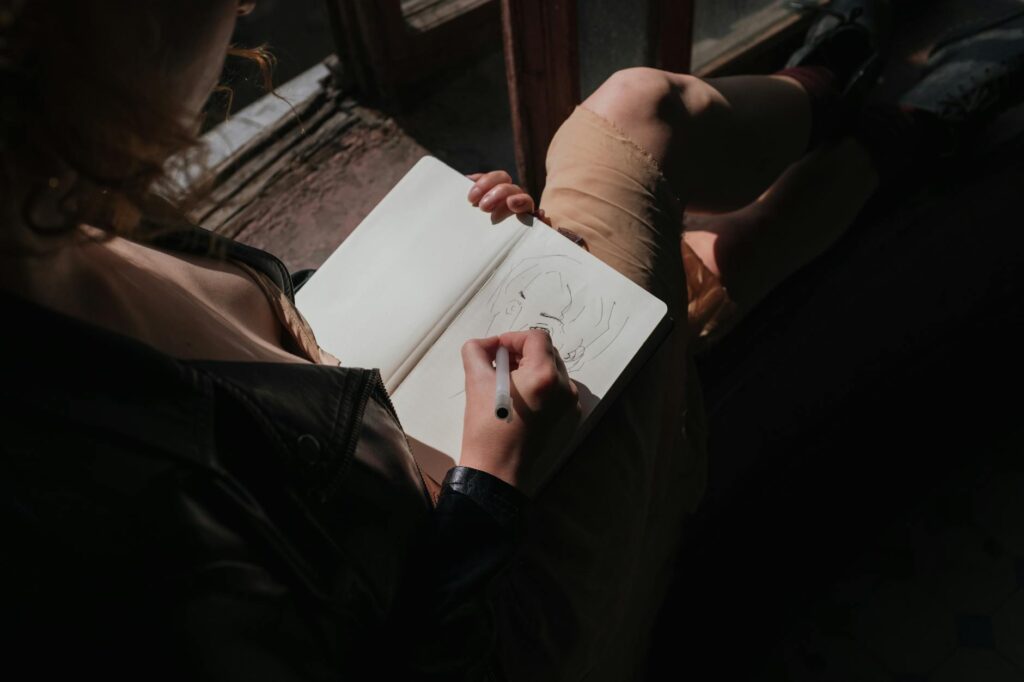What is creative downtime?

What is Creative Downtime?
In today’s relentless work environment, where every minute counts, the idea of taking a break might seem counterintuitive. However, creative downtime isn’t just another buzzword; it’s a crucial aspect of enhancing creativity and productivity. By allowing ourselves moments of pause, we foster an environment where innovation thrives. Ignoring this concept can lead to burnout, stifling our creative potential. In this article, I’ll explore what creative downtime truly means, why it’s essential, and how to effectively incorporate it into your routine.
Understanding Creative Downtime
Creative downtime is not merely a break from work; it represents a deliberate choice to disengage from structured tasks and let the mind wander. It’s about creating space for spontaneous thoughts and ideas to emerge, rather than engaging in mindless activities like scrolling through social media.
Definition of Creative Downtime
At its core, creative downtime refers to periods when individuals step away from their usual tasks to allow their minds to rest and re-energize. This time can be spent in various ways, such as daydreaming, engaging in hobbies, or simply enjoying nature. Unlike typical breaks, which might still involve light work or planning, creative downtime focuses on letting your brain operate freely, promoting mental clarity and innovative thinking.
Importance of Creative Downtime
Incorporating creative downtime is essential for both personal and professional growth. It aids in avoiding burnout and enhances overall well-being. According to Seth Ring, downtime replenishes the brain’s stores of attention and motivation, encouraging both productivity and creativity. By allowing your mind the freedom to explore, you cultivate a fertile ground for new ideas.
Benefits of Creative Downtime
Embracing creative downtime can lead to numerous advantages that positively impact productivity and well-being.
Enhancing Creativity
When we take the time to unwind and let our thoughts flow freely, we can unlock our creative potential. Engaging in creative downtime can lead to unexpected ideas and solutions, enhancing our ability to think outside the box. The more we allow ourselves to be bored, the more space we create for new ideas to surface.
Boosting Productivity
Ironically, stepping back from work can actually boost productivity. When we return to our tasks after a period of downtime, we often find ourselves more focused and efficient. Research shows that breaks and downtime significantly improve both productivity and creativity, allowing employees to perform their best. For instance, Effective Retail Leader highlights how structured breaks can lead to supercharged creativity.
Improving Mental Health
Creative downtime also has profound benefits for mental health. It provides an opportunity to recharge, reducing stress levels and preventing feelings of overwhelm. Engaging in relaxing activities can help individuals reset and reconnect with their passions, ultimately leading to a more balanced life.
Strategies for Implementing Creative Downtime
Incorporating creative downtime into your daily routine doesn’t have to be complicated. Here are some actionable strategies to begin:
Setting Boundaries
Establishing clear boundaries between work and personal time is crucial. This means designating specific hours for work and sticking to them. When the workday ends, allow yourself to step away completely, giving your mind the space it needs to unwind and recharge.
Engaging in Creative Activities
During your downtime, engage in activities that spark joy and creativity. This could be anything from painting or writing to gardening or cooking. These creative outlets not only help you relax but also stimulate your brain, allowing new ideas to flow.
Mindfulness and Reflection
Incorporating mindfulness practices, such as meditation or journaling, can enhance the experience of creative downtime. Mindfulness encourages you to be present in the moment, allowing your thoughts and ideas to surface without judgment. This reflective practice can often lead to breakthroughs and deeper insights.
Real-Life Examples of Creative Downtime
Many successful individuals and organizations have recognized the power of creative downtime and have integrated it into their routines.
Successful Individuals and Their Practices
Take the example of renowned author J.K. Rowling, who famously conceived the idea for Harry Potter during a train ride when she allowed her mind to wander. This instance illustrates how creative downtime can lead to groundbreaking ideas. Similarly, many creators spend time in nature, away from distractions, to allow their minds to explore new concepts.
Organizational Examples
Forward-thinking companies like Google and Adobe have adopted practices that promote creative downtime. For instance, Google’s famous “20% time” policy allows employees to spend a portion of their workweek on personal projects. This approach has resulted in innovative products such as Gmail and AdSense, showcasing the impact of allowing creative freedom in the workplace.

Photo by cottonbro studio
Conclusion
Creative downtime is more than a luxury; it’s a necessity for nurturing creativity and enhancing productivity. By understanding its significance and implementing strategies to incorporate it into our daily lives, we can unlock our full potential. Whether through setting boundaries, engaging in creative activities, or practicing mindfulness, these moments of pause can lead to remarkable insights and improvements in overall well-being. Remember, the next time you feel stuck or overwhelmed, don’t hesitate to step back and allow your mind to wander. Embrace the power of creative downtime, and watch your creativity and productivity flourish.